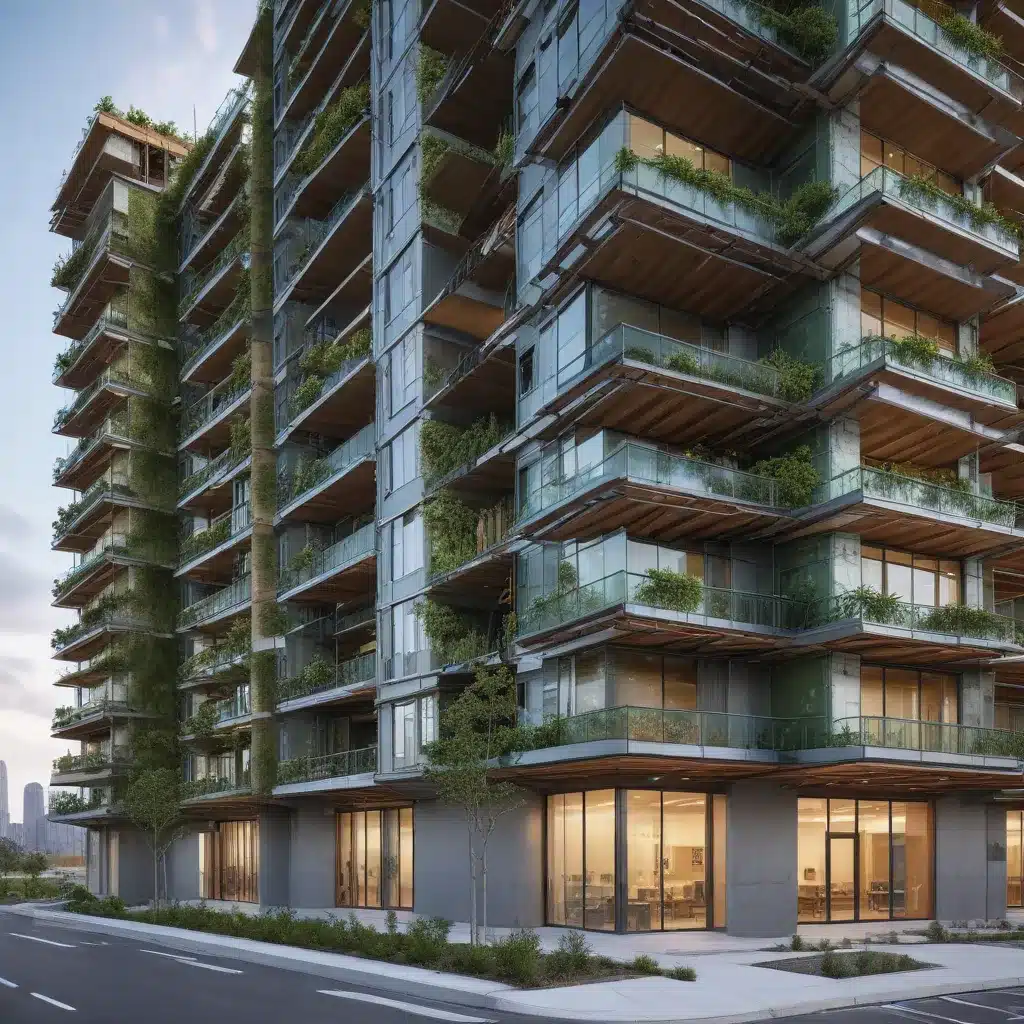
The construction industry is undergoing a transformative shift, with innovative technologies paving the way for a more efficient, sustainable, and collaborative future. At the forefront of this revolution are Digital Twins and Building Information Modeling (BIM)—two complementary tools that are redefining how we design, build, and manage our built environment, especially in the context of green buildings.
The Convergence of Digital Twins and BIM
Defining Digital Twins
A Digital Twin is a dynamic, virtual representation of a physical asset or system. In the realm of construction, a Digital Twin can be a comprehensive, real-time model of a building, its systems, and its operations. This digital counterpart is continuously updated with data from sensors, IoT devices, and other sources, mirroring the actual performance and condition of the physical structure.
Integrating BIM with Digital Twins
Building Information Modeling (BIM) has long been a game-changer in the construction industry, providing detailed 3D models that integrate architectural, structural, and systems information. Digital Twins build upon the foundation of BIM, transforming these static models into living, dynamic representations of buildings. By combining the detailed design information of BIM with real-time data and predictive analytics, Digital Twins unlock unprecedented levels of insight and control over the entire building lifecycle.
Unlocking the Potential of Digital Twins and BIM
The convergence of Digital Twins and BIM is revolutionizing the way we approach green building design, construction, and operations. These technologies empower project teams to optimize performance, enhance sustainability, and streamline essential processes—all while fostering collaboration and transparency. As the European construction industry continues to embrace this digital transformation, the benefits of increased efficiency, reduced environmental impact, and improved occupant well-being are becoming increasingly evident.
Revolutionizing Green Building Design
Optimizing Building Performance
Digital Twins integrated with BIM models allow design teams to simulate building performance under various scenarios, from energy consumption to thermal comfort. By analyzing real-time data from sensors and IoT devices, these digital representations can identify optimization opportunities and test design iterations before construction even begins. This enables architects and engineers to create high-performing, energy-efficient buildings tailored to their local climate and user needs.
Enhancing Sustainability Strategies
Sustainability is a key priority in the European construction industry, and Digital Twins are instrumental in achieving ambitious green building goals. By modeling the integration of renewable energy systems, water management solutions, and waste reduction strategies, project teams can make data-driven decisions to minimize a building’s environmental footprint. Digital Twins also support ongoing monitoring and optimization, ensuring that sustainable features continue to perform as intended throughout a building’s lifespan.
Integrating Renewable Energy Systems
The integration of renewable energy systems, such as solar photovoltaics and wind turbines, is a critical component of green building design. Digital Twins equipped with BIM data can simulate the performance of these systems, helping to determine the optimal placement, sizing, and integration with a building’s electrical infrastructure. This digital planning process ensures that renewable energy solutions are seamlessly incorporated, maximizing their efficiency and contribution to a building’s overall sustainability.
Transforming Construction Processes
Streamlining Construction Planning
Digital Twins, when combined with BIM, provide a comprehensive, virtual representation of a construction project, allowing project managers to simulate and optimize construction workflows. By identifying potential conflicts, visualizing logistics, and leveraging real-time data, construction teams can make more informed decisions, reduce waste, and ensure on-time, on-budget project delivery.
Improving Supply Chain Visibility
Digital Twins can also enhance supply chain management by tracking the movement and status of materials, equipment, and prefabricated components. This increased visibility enables construction teams to anticipate and respond to supply chain disruptions, optimize logistics, and ensure the timely arrival of critical resources to the job site.
Ensuring Quality and Safety
The detailed, data-rich environment of a Digital Twin supports robust quality control and safety measures throughout the construction process. By monitoring construction progress, detecting defects, and simulating potential hazards, project teams can proactively address issues and maintain the highest standards of quality and worker safety.
Enhancing Building Operations
Predictive Maintenance Strategies
Digital Twins provide building owners and facility managers with a comprehensive, real-time view of a building’s systems and performance. By continuously monitoring sensor data and integrating it with historical maintenance records, Digital Twins can identify potential failures, recommend preventive maintenance actions, and optimize the lifecycle of building components. This predictive approach reduces unplanned downtime, lowers operational costs, and extends the useful life of critical building systems.
Energy Management Optimization
Digital Twins play a pivotal role in optimizing a building’s energy consumption and performance. By analyzing data from HVAC, lighting, and other building systems, these digital models can identify opportunities for energy efficiency improvements, such as adjusting setpoints, optimizing equipment schedules, or retrofitting outdated components. This data-driven approach to energy management not only reduces operational costs but also aligns with the European Union’s ambitious climate goals.
Occupant Comfort and Wellbeing
The integration of Digital Twins with IoT sensors and building automation systems enables a heightened understanding of occupant behavior and preferences. By monitoring factors like indoor air quality, temperature, and lighting levels, Digital Twins can dynamically adjust building systems to create a more comfortable and productive environment for building users. This focus on occupant well-being is a crucial aspect of sustainable building management, contributing to increased tenant satisfaction and higher property values.
As the European construction industry continues to embrace the transformative power of Digital Twins and BIM, the path towards a more efficient, sustainable, and collaborative built environment becomes increasingly clear. By leveraging these innovative technologies, project teams can design, build, and operate green buildings that not only reduce environmental impact but also enhance the overall user experience. The future of construction is undoubtedly digital, and the integration of Digital Twins and BIM is at the forefront of this transformation.
To learn more about how the European Future Energy Forum is driving the adoption of cutting-edge technologies in the construction industry, please visit www.europeanfutureenergyforum.com.







